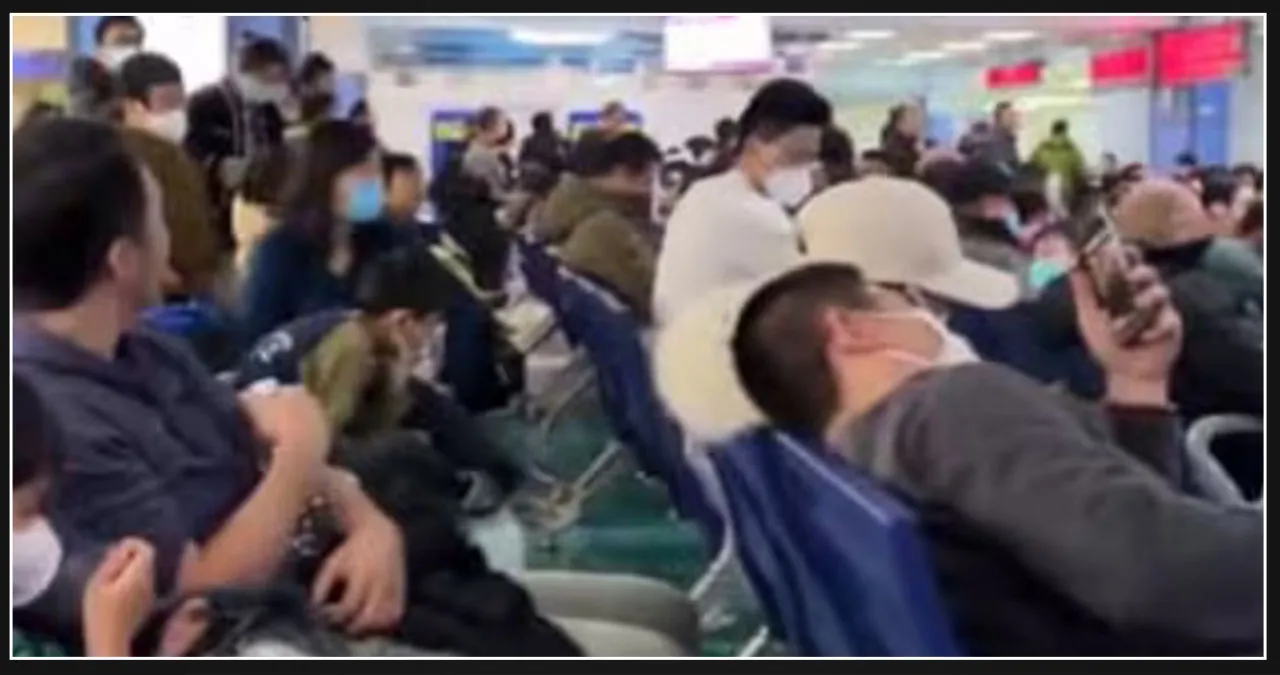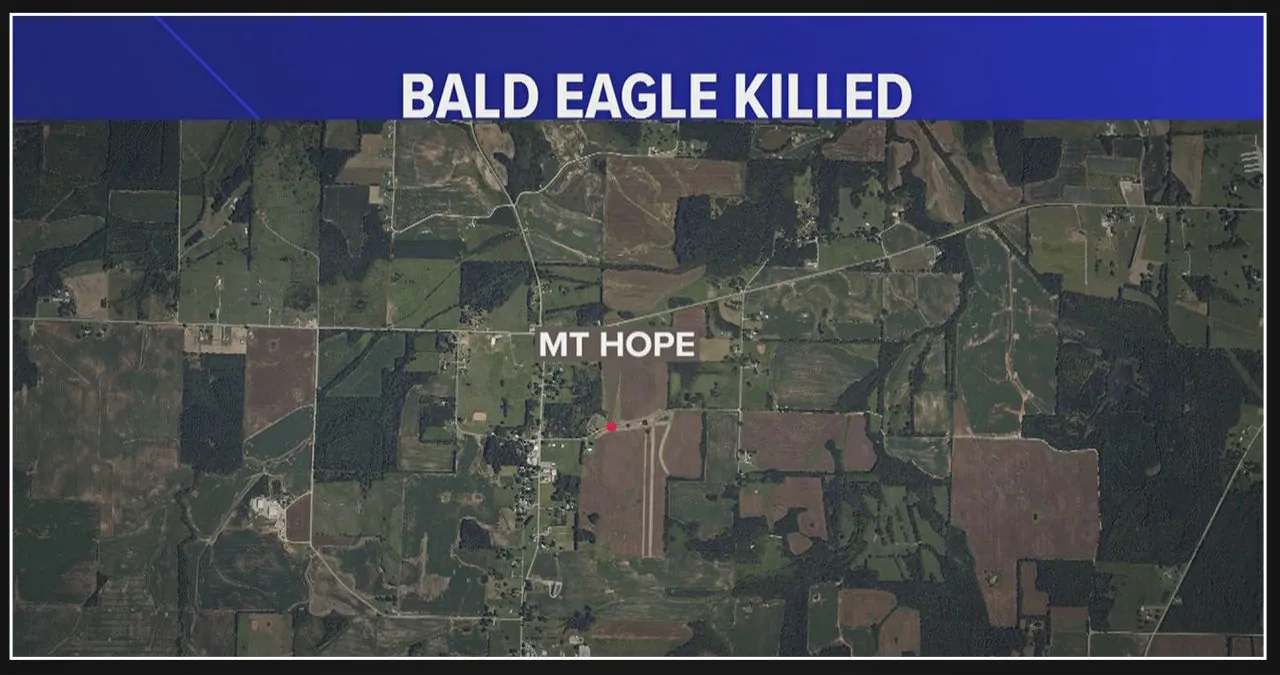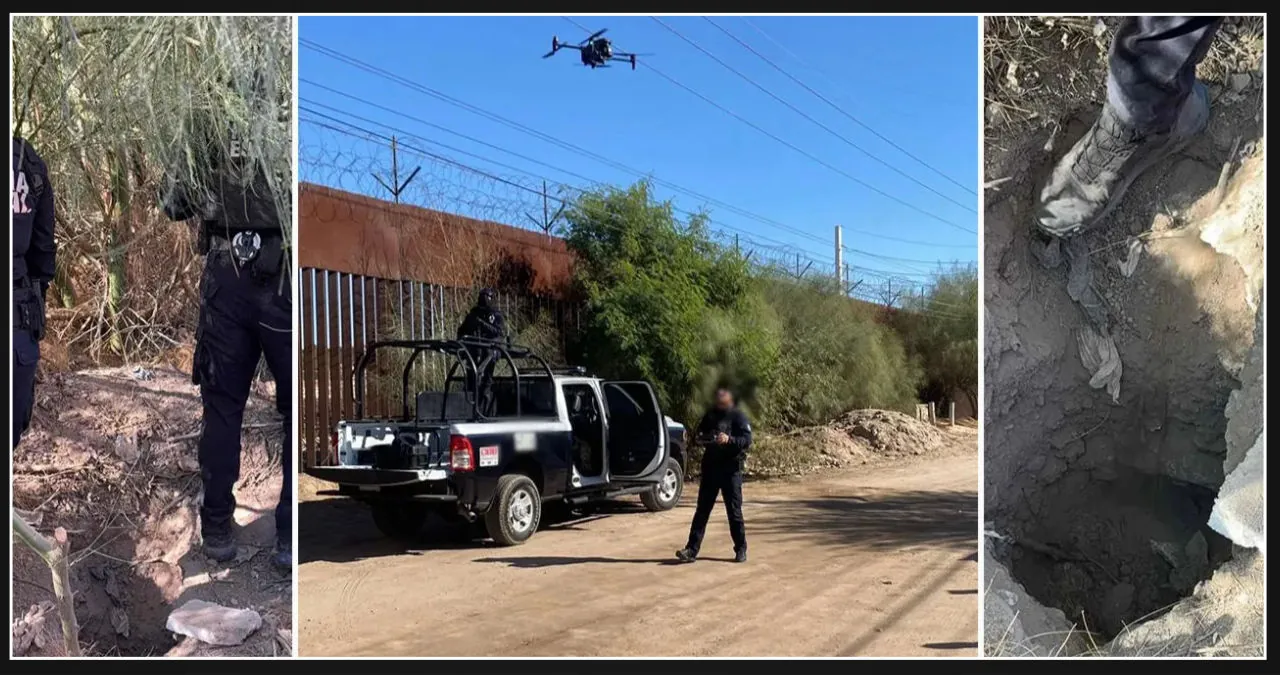There has been a noticeable increase in respiratory illnesses in China this year, attracting considerable attention, particularly on social media. People are drawing parallels to the Covid-19 pandemic that started five years ago, even though these comparisons are unfounded.
According to a bulletin released in November, the World Health Organization (WHO) emphasized the growing number of cases of respiratory infections, which have been increasing since October. In order to address this issue, China’s National Disease Control and Prevention Administration (NCDPA) has implemented a pilot monitoring system. The primary goal of this system is to identify and manage cases of pneumonia with unknown origins. This initiative is specifically aimed at enhancing the tracking and response capabilities to effectively address the surge in respiratory infections during the winter season.
No official reports suggest that the situation is critical, despite the claims on social media about overcrowded hospitals. However, the NCDPA did acknowledge a significant increase in respiratory infections from December 16 to 22.
China’s monitoring service
According to a recent announcement by the NCDPA, there has been a significant increase in respiratory infections during the week of December 16 to 22. The NCDPA has introduced new protocols that mandate laboratories to report infections, while disease control agencies will verify and manage the cases. This coordinated approach aims to provide a more effective response to the ongoing crisis.
According to Kan Biao, an official from the NCDPA, respiratory infections are anticipated to rise during the winter and spring seasons. However, the total number of cases this year is expected to be lower compared to 2024.
Impact on children and elderly
The ongoing pneumonia outbreak raises significant concerns for vulnerable populations, including young children and the elderly. Young children, who are still in the process of developing their immune systems, are particularly prone to experiencing severe symptoms. On the other hand, older adults who have pre-existing conditions like asthma or chronic obstructive pulmonary disease (COPD) face an increased risk of experiencing complications.
HMPV and other respiratory viruses share similar symptoms with the common cold or flu, such as fever, cough, runny nose, and wheezing. In children, HMPV can cause bronchitis or pneumonia in more severe cases. The virus spreads easily through respiratory droplets and close physical contact, making it highly contagious, especially in crowded environments.
What Is Human Metapneumovirus (HMPV)?
Human metapneumovirus (HMPV) is a respiratory virus that frequently triggers mild to moderate flu-like symptoms. It tends to be most common during the winter and early spring months. Although it primarily causes upper respiratory infections, it can occasionally lead to more serious conditions, especially in young children and the elderly.
HMPV spreads through direct contact with infected individuals or contaminated surfaces. This virus is similar to other respiratory viruses, including RSV, measles, and mumps. Unlike Covid-19, there is currently no vaccine for HMPV, and antiviral treatments are not yet developed. In most cases, HMPV infection is mild and can be treated at home with rest and proper hydration. However, severe cases may necessitate hospitalization, oxygen therapy, or the use of corticosteroids to alleviate symptoms.
This Article Includes






